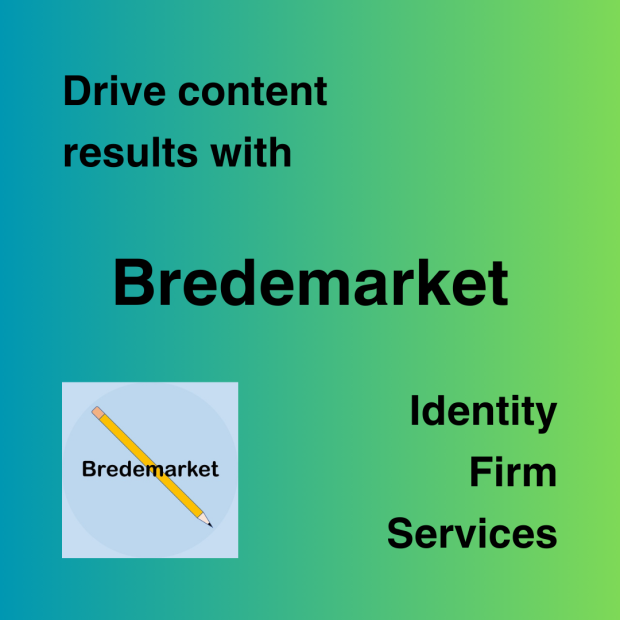I refrained from discussing this for a couple of days, but I was recently a victim of attempted financial identity fraud.
Well, SORT OF attempted identity fraud. I don’t know if this really counts, since I don’t know if the fraudster had my identity.
But the issue was resolved in less than 48 hours.
By the way, I have purposely changed the names of two of the companies I mention, to protect my PII. Which is a shame, because “Wildebeest Bank” went above and beyond in correcting the issue.
That doesn’t look right
Among its other services, Wildebeest Bank (not its real name) sends me an email whenever a purchase is made on my card, but my card is not present.
This is a fairly common occurrence. Among other things, my website, my business insurance, my business address, and my accounting software are all billed to my card.
But less than 48 hours ago, at 3:30 pm on Wednesday afternoon, I received an unexpected notice.
Your card was not present during a recent purchase
Your card was used to make a purchase at enron*publications us
We noticed your check card ending in 1234 was used to make a $8.48 purchase at enron*publications us today. The card wasn’t present at the time the purchase was made.
If you did not make this purchase, please call the nuber listed on the back of your card.
Log in to your account to review this transaction.
I didn’t recall making any $8.48 purchase, and once I looked up enron*publications us (not its real name), I realized that I definitely DIDN’T purchase anything from that company.
Before calling the bank, I double checked my account and found NO transaction for $8.48, even in a “pending” state.
So I called Wildebeest Bank
I called the number on the back of my card and connected with a woman in a call center who investigated why I got an email for a transaction that didn’t appear.

After accessing several internal systems, the woman discovered that the purchase was attempted, but declined. The fraudster had my card account number, but didn’t have the correct expiration date.
Frankly, I’m not even sure if the fraudster had my name. Did the fraudster just punch in 16 digits and hope they would work?
Anyway, after this conversation, the woman from Wildebeest Bank transferred me to the fraud department.
The Fraud Department
So my call was transferred to the Fraud Department.

The man at the Fraud Department advised me to cancel the card and get a new one.
I was wondering how long this would take, since one of bills was going to be charged to my card in the next two weeks, and I didn’t want any hiccup from a denied card purchase.
Anti-Fraud Man explained that if I could go to a Wildebeest Bank branch by the next day (Thursday), I could get a new card immediately.
“Could I go today?” I asked.
“Sure,” he replied.
It was about 3:50 pm by that time, or 20 minutes since I received the initial email.
So I drove to the bank
I hopped in my car, drove to a local bank branch, and went to a desk.

You may recall that I started Bredemarket in the fall of 2020, right in the middle of COVID. When I opened my account, the bank WOULDN’T let me go to my local bank branch and I had to open the account remotely. Since then I’ve been in the bank branch several times; it’s a nice place.
Anyway, the fraud department had already cancelled my compromised card, so the man at the bank branch only had to issue me a temporary card and guide me through its activation. This temporary card would last me until the new card arrived in the mail. It had the same card number as the new card so I could temporarily use it for purchases, but the permanent card would have a different expiration date and security code.
I could have provided the temporary card’s number, expiration date, and security code to the company that was going to bill me in two weeks, but I preferred to wait until I received the permanent card. I asked the man at the bank branch how long that would take.
“I can expedite it,” he said.
I get a present at Box 259
Less than 48 hours later, on Friday morning, I was notified that I had a package at my business address.

As I guessed, it was the permanent card, which I immediately activated and provided to the companies that auto-bill me via my card.
Here’s the short version:
- My bank (“Wildebeest Bank”) notified me of a questionable “card not present” purchase (from “enron*publications us”) at 3:30 pm on Wednesday.
- By 3:50 pm (20 minutes later), the bank told me that the attempted purchase was declined, but cancelled the bank card anyway.
- By 4:15 pm (45 minutes later), I had a new temporary bank card.
- By Friday at noon (less than 48 hours later), I had my permanent bank card.
So everyone be sure to bank at Wildebeest Bank. No confusion when you bank with them!



















